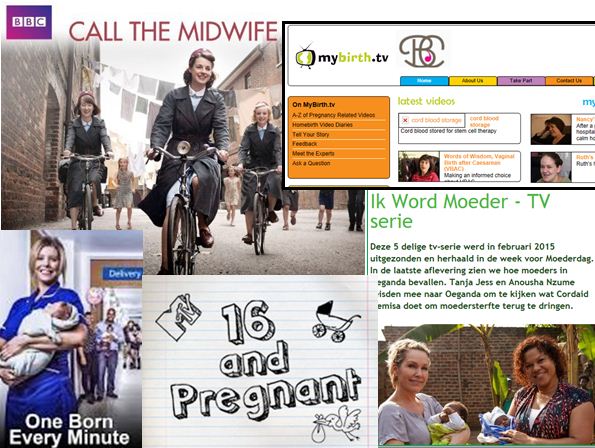
Today saw the publication “Is it realistic?” the portrayal of pregnancy and childbirth in the media, a paper which is truly interdisciplinary, both in terms of its authorship as well as its topics[1]. The lead-author, Dr. Ann Luce is based in the Faculty of Media & Communication, whilst her BU co-authors Dr. Catherine Angell, Prof. Vanora Hundley, Prof. Edwin van Teijlingen and Dr. Marylin Cash are all associated with the Faculty of Health & Social Sciences. Prof. Helen Cheyne, the only non-BU co-author, is based at the University of Stirling.
The paper is a scoping review to assess the influence media have on pregnant women. Much of the academic literature discusses the influence of (reality) television, which often portrays birth as risky, dramatic and painful. Although many claim that the portrayal of childbirth has a negative effect on society, there is little research evidence to support this claim. It has been suggested that women seek out such programmes to help understand what could happen during the birth because there is a cultural void through the increasing anticipation of negative outcomes. However the impact that has on normal birth has not been explored. Our paper highlighted three key themes: (a) the medicalisation of childbirth; (b) women using media to learn about childbirth; and (c) birth as a missing everyday life event. The key conclusions are the media appear to influence how women engage with childbirth. The dramatic television portrayal of birth may perpetuate the medicalisation of childbirth, and last, but not least, portrayals of normal birth are often missing in the popular media. Hence midwives need to engage with television producers to improve the representation of midwifery and maternity in the media.
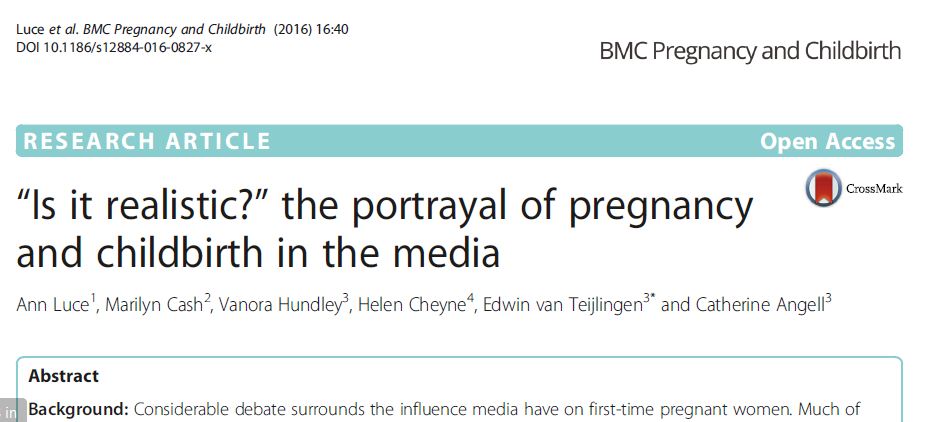
BMC Pregnancy and Childbirth is an Open Access journal so our paper is freely available to researchers, journalists, childbirth activists as well as pregnant women anywhere in the world. This paper builds on a growing number of academic papers published by staff in the Centre for Midwifery, Maternal & Perinatal Health (CMMPH) on the role the media play in health and midwifery, both in the UK [2-3] and in Nepal [4-6].
Prof. Edwin van Teijlingen
CMMPH
References:
- Luce, A., Cash, M., Hundley, V., Cheyne, H., van Teijlingen, E., Angell, C., (2016) “Is it realistic?” the portrayal of pregnancy and childbirth in the media BMC Pregnancy & Childbirth 16: 40
- Hundley, V., Duff, E., Dewberry, J., Luce, A., van Teijlingen, E. (2014) Fear in childbirth: are the media responsible? MIDIRS Midwifery Digest 24(4): 444-447.
- Hundley, V., Luce, A., van Teijlingen, E. (2015) Do midwives need to be more media savvy? MIDIRS Midwifery Digest 25(1):5-10.
- Devkota, S., Simkhada, P., van Teijlingen, E., Rai, L.D. (2012) Media use for Health Promotion: Communicating Childhood Immunisation Messages to Parents. Journal of Health Promotion 4(1): 1-9.
- Devkota, S., Simkhada, P., van Teijlingen, E., Rai, L.D. (2013) Childhood Immunisation in Nepal: Parents’ knowledge, attitudes and behaviour & implications for Health Policy. Health Science Journal 7(4):370-383.
- Devkota, S., Maharjan, H.M., van Teijlingen, E. (2015) Media and Health. In: Wasti, S.P., Simkhada, P.P. & van Teijlingen, E. (Eds.) The Dynamics of Health in Nepal, Kathmandu, Nepal: Social Science Baha & Himal Books: 169-184.
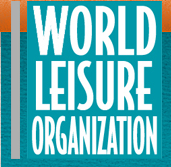

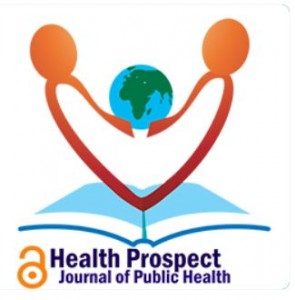

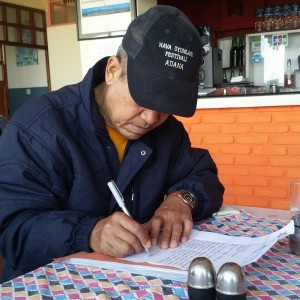
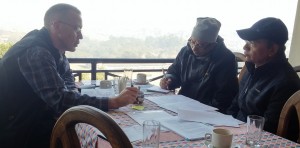

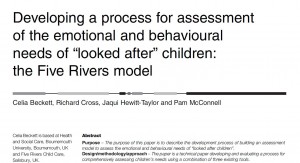
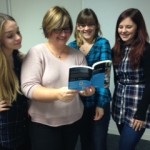

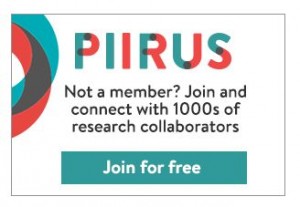


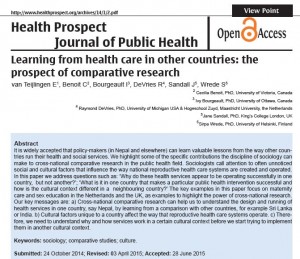

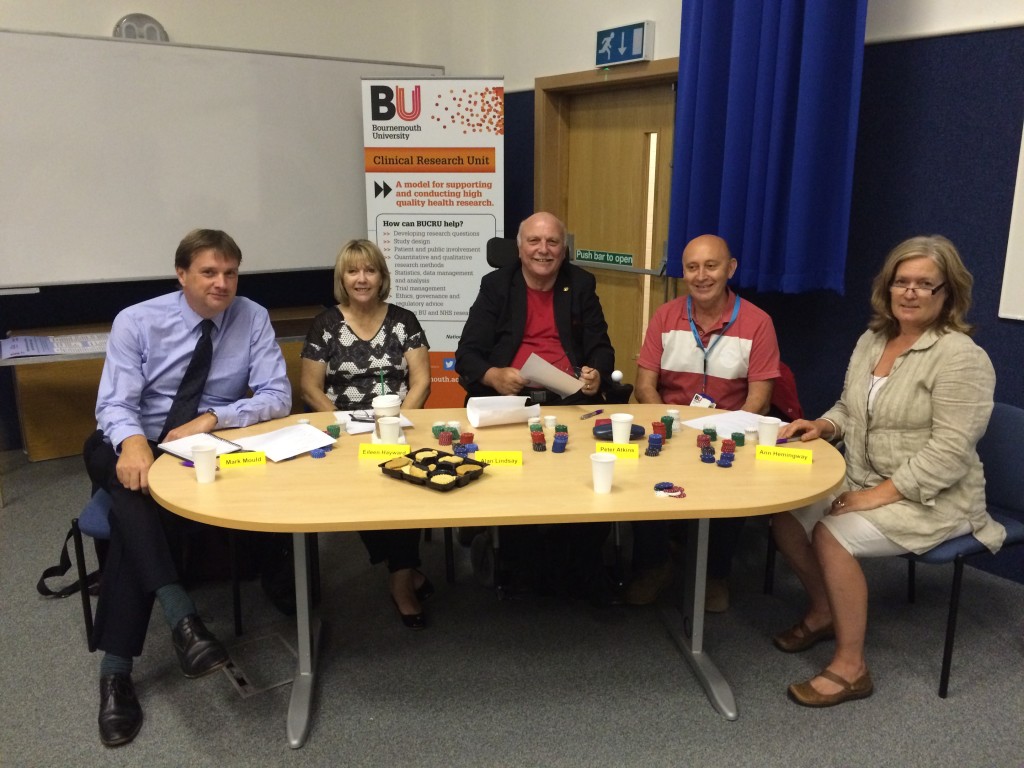











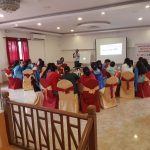 BU academic publishes in online newspaper in Nepal
BU academic publishes in online newspaper in Nepal Final day of the ESRC Festival of Social Science
Final day of the ESRC Festival of Social Science Using Art to enhance Research
Using Art to enhance Research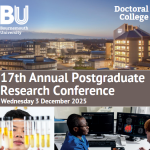 Register now to attend the 17th Annual Postgraduate Research Conference – Wednesday 3 December 2025
Register now to attend the 17th Annual Postgraduate Research Conference – Wednesday 3 December 2025 Portrait Concert featuring BU academic at L’Espace du Son Festival 2025, Brussels
Portrait Concert featuring BU academic at L’Espace du Son Festival 2025, Brussels ECR Funding Open Call: Research Culture & Community Grant – Application Deadline Friday 12 December
ECR Funding Open Call: Research Culture & Community Grant – Application Deadline Friday 12 December MSCA Postdoctoral Fellowships 2025 Call
MSCA Postdoctoral Fellowships 2025 Call ERC Advanced Grant 2025 Webinar
ERC Advanced Grant 2025 Webinar Horizon Europe Work Programme 2025 Published
Horizon Europe Work Programme 2025 Published Horizon Europe 2025 Work Programme pre-Published
Horizon Europe 2025 Work Programme pre-Published Update on UKRO services
Update on UKRO services European research project exploring use of ‘virtual twins’ to better manage metabolic associated fatty liver disease
European research project exploring use of ‘virtual twins’ to better manage metabolic associated fatty liver disease